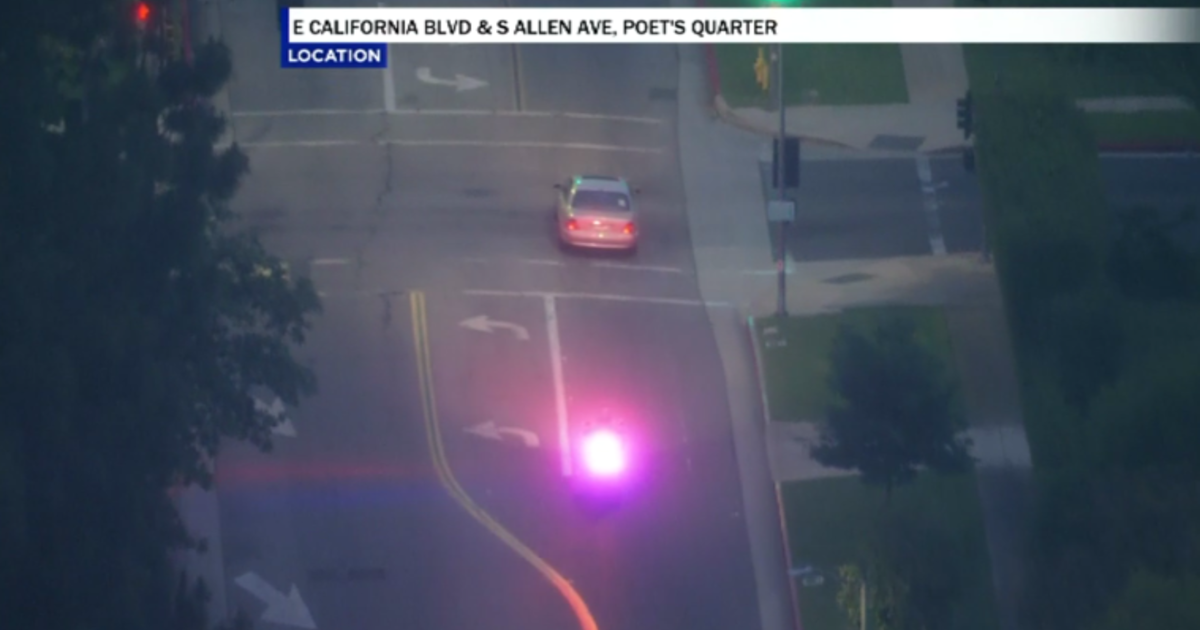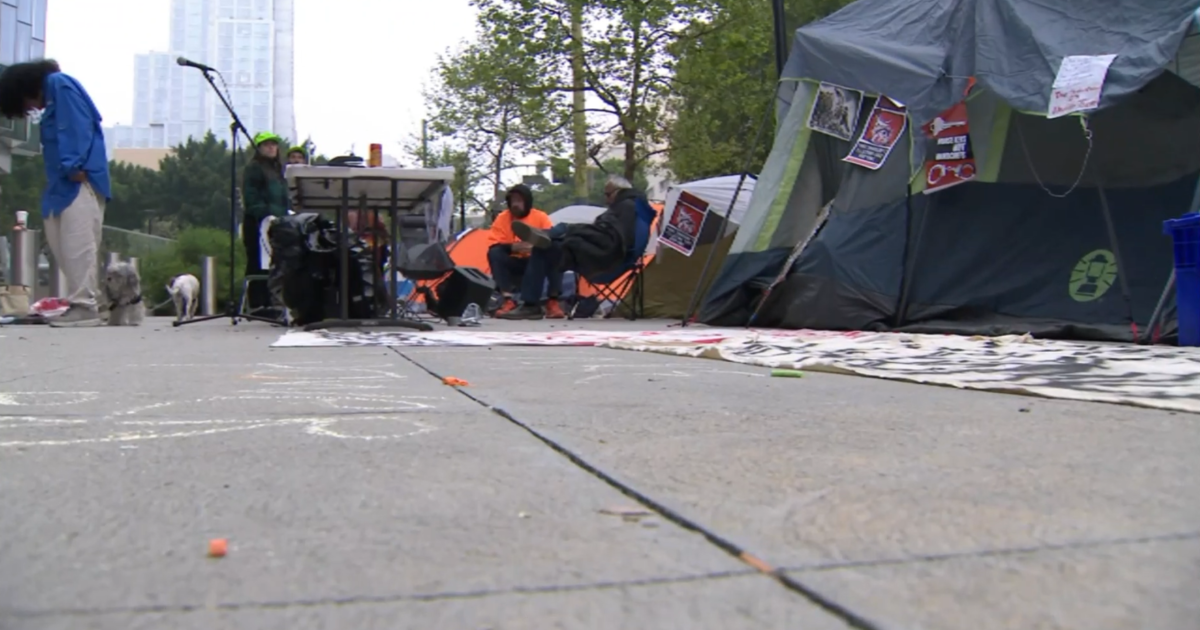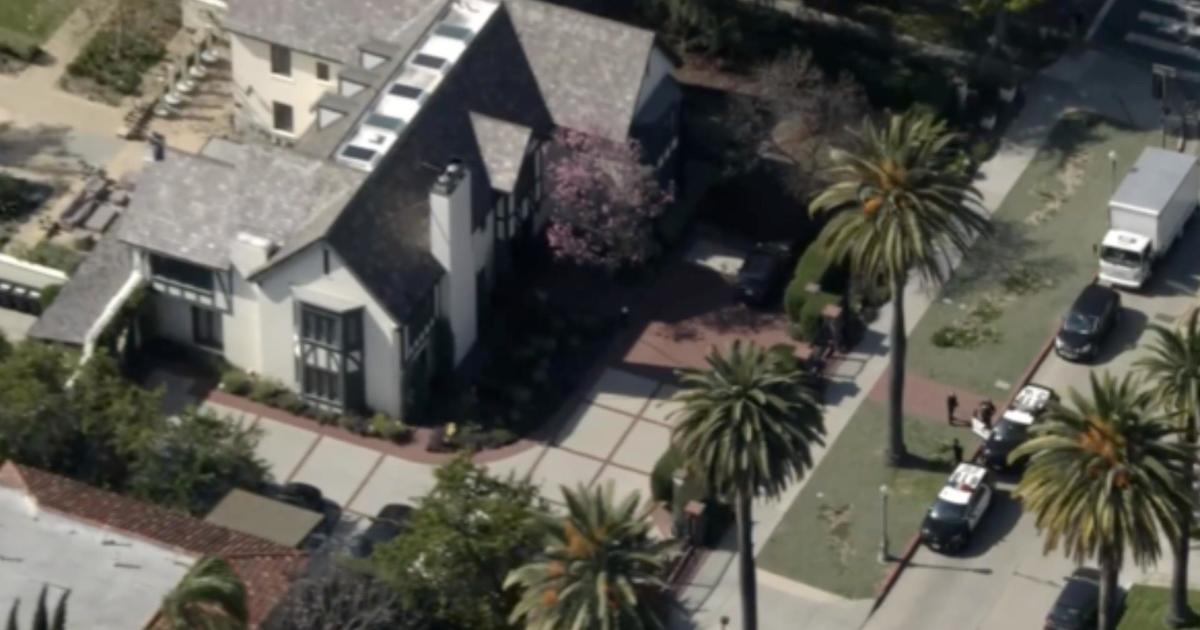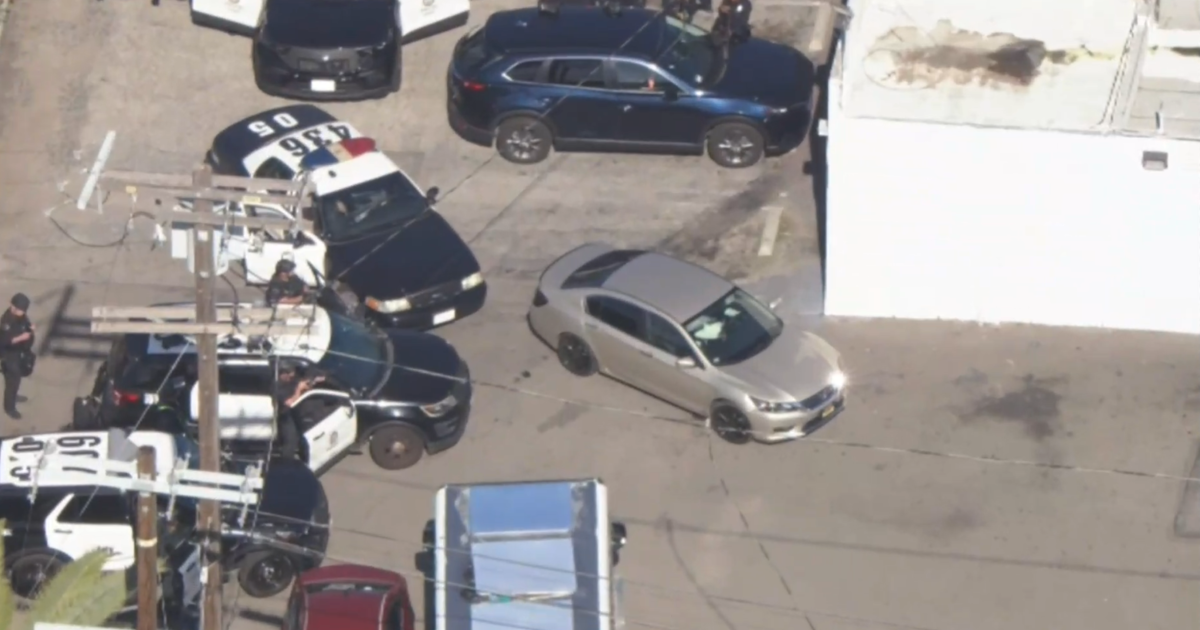Plan To Cut Tube Wear Falls Short At San Onofre Nuke Site
LOS ANGELES (AP) — A $670 million overhaul at California's San Onofre nuclear plant was expressly intended to avoid the types of ailments that have sidelined its twin reactors.
An overriding goal for a team of engineers who worked on steam generators installed at the plant in 2009 and 2010 was minimizing wear and tear on the nearly 40,000 tubes that carry radioactive water inside the massive machines. Customized design and manufacturing promised years of reliable service for a plant that can power 1.4 million homes in Southern California.
But the opposite happened.
San Onofre's twin reactors have been idle for more than three months in the midst of a federal probe into what went wrong with hundreds of tubes that snake through the generators. Some were so eroded after a brief run in operation they can no longer function safely.
Less than a month before a tube break in January prompted Southern California Edison to take the plant offline, engineers writing in a trade magazine touted a series of modifications to the generators that they believed would improve the plant's dependability and longevity.
The first goal listed: reducing tube wear.
The article, published in Nuclear Engineering International, provides a detailed account of what the company was attempting to achieve with the new generators, and leaves a gaping question.
How did a design intended to reduce tube wear in numerous ways in this case increase it, in some cases rapidly?
Company spokeswoman Jennifer Manfre declined to comment on the cause of the unusual tube wear, saying an Edison analysis will be completed in time "according to engineering principles and science, not guessing or assumptions."
The magazine article — written by a top-level Edison nuclear engineer, Boguslaw Olech, and Tomoyuki Inoue of Mitsubishi Heavy Industries, which manufactured the equipment — recounts the history of the original generators, which were pulled out of the plant more than a decade short of their expected lifespan of 40 years.
They were suffering from excessive tube wear, cracking and severe corrosion of supports that hold them in place. If too many tubes become worn and damaged, generators can become unsafe to operate and risk a potential tube break, which could release radiation.
The new generators, they said, "include all possible improvements introduced by the industry into the steam generator design and fabrication," including incorporating the experience at San Onofre, where tube wear had been a major problem.
The goal was "improving longevity, reliability, performance and maintainability of the steam generators," they wrote.
The trouble began to unfold in late January, when the Unit 3 reactor was shut down as a precaution after a tube break. Traces of radiation escaped, but officials said there was no danger to workers or neighbors.
Unit 2 had been taken offline earlier that month for routine maintenance and refueling, but investigators later found unusual wear on tubing in both units.
Gradual wear is common in such tubing, but the rate of erosion in some tubes at San Onofre alarmed officials since the equipment is relatively new. The company last week said more than 1,300 tubes are so damaged that they will be taken out of service, a far higher number than previously disclosed, but that number is well within the margin to allow the generators to keep operating.
In solving some problems with tubing at San Onofre, including using a new alloy, the engineers might have created others.
Test results show that two types of wear have occurred at both units — tubes are rubbing and vibrating against adjacent tubes, as well as against support structures inside the generators.
Federal and company investigators are trying to determine why that is happening, and company officials have yet to say if the root cause of the problem is related to design, improper installation or maintenance, or other issues.
An environmental group, Friends of the Earth, has claimed SCE misled the Nuclear Regulatory Commission about design changes that it identified as the likely culprit in excessive tube wear, a charge the federal agency disputes. Friends of the Earth released research that said nearly 400 additional tubes were added to each generator as part of design modifications that compromised safety.
The four massive steam generators at San Onofre — two per reactor, each with 9,727 alloy tubes — function something like a car radiator, which controls heat in the vehicle's engine.
The generator tubes circulate hot, radioactive water from the reactors, which then heats a bath of non-radioactive water surrounding them. That makes steam, which is used to turn turbines to make electricity.
The tubes have to be thin enough to transfer heat, but thick enough to hold up under heavy pressure. And they represent a critical safety barrier — if a tube breaks, there is the potential that radioactivity can escape into the atmosphere. Also, serious leaks can drain protective cooling water from a reactor.
The engineers wrote that they needed to design generators that would require only minor modifications within the rest of the plant, but also meet a federal test to qualify as "in-kind," or essentially identical, replacements, which would allow them to be installed without prior approval from federal regulators.
The article outlines a series of alterations that were made to meet the various benchmarks. Among the changes, the new generators used a different tube alloy believed to be more resistant to cracking. The engineers also designed V-shaped tube supports to minimize the potential for tube wear and vibration.
There have been confusing signals in recent days about the status of the double-domed plant, which overlooks a beach between Los Angeles and San Diego. Federal regulators have said the plant will remain shuttered until investigators determine the cause of the tube wear and repairs are made.
But earlier this month, a senior company executive said Edison was hoping for a June restart for at least one of the sidelined reactors. The company is drafting a plan under which the reactors would run at reduced power, during a test period of at least several months, because engineers believe that will solve a problem with vibration that the company suspects has been causing the unusual wear in the tubes.
That was followed by a blunt statement from Nuclear Regulatory Commission Chairman Gregory Jaczko, who said it was "clearly premature" to discuss a restart. Later, SCE President Ron Litzinger appeared to agree, saying "there is no timeline on nuclear safety."
(© Copyright 2012 The Associated Press. All Rights Reserved. This material may not be published, broadcast, rewritten or redistributed.)



